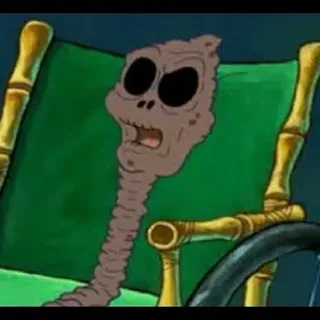Anatomy and Functions of Long Bones
1/57
There's no tags or description
Looks like no tags are added yet.
Name | Mastery | Learn | Test | Matching | Spaced |
|---|
No study sessions yet.
58 Terms
Diaphysis
The shaft of the bone, providing strong support.
Epiphysis
The ends of the bone, which are typically wider and assist in forming joints.
Articular Cartilage
Covers the epiphysis where the bone forms a joint with another bone. This cartilage reduces friction and acts as a cushion.
Periosteum
A fibrous membrane covering the outer surface of the bone, except at the joints. It contains nerves and blood vessels that nourish the bone.
Medullary Cavity
A central cavity in the diaphysis, containing bone marrow.
Endosteum
A thin vascular membrane lining the inner surface of the bone.
Metaphysis
Contains the growth plate (epiphyseal plate), crucial for bone lengthening during development.
Epiphyseal plate
Reduces friction and absorbs shock in joints.
Osteocytes
Mature bone cells responsible for maintaining the bone matrix.
Osteoblasts
Bone-forming cells that secrete the bone matrix.
Osteoclasts
Large cells that break down bone tissue, crucial for the bone remodeling process.
Osteoprogenitor Cells
Stem cells that differentiate into osteoblasts.
Compact Bone
Dense and forms the outer layer of bones.
Spongy Bone
Lighter and less dense, found mainly in the epiphysis of long bones.
Intramembranous Ossification
process where bone forms directly from connective tissue.
Endochondral Ossification
how most long bones in the body develop
Epiphyseal Plate
Cartilage cells multiply and are replaced by bone at the diaphyseal end of the plate.
Appositional Growth
process where bones increase in width or thickness
Bone Remodeling
A lifelong process of bone resorption by osteoclasts and formation by osteoblasts, essential for bone strength and calcium balance.

axial division
skull, vertebrae, ribs and sternum
appendicular divisions
everything that attaches to the axial
skull bones (f,p,t,o,s,e)
frontal,parietal,temporal,occipital,sphenoid, ethmoid
frontal bone
Forms the forehead and upper eye sockets
parietal bone
Form most of the skull and protect the brain
temporal bone
Protect the sides of the brain and support the face
occipital bone
Forms the back of the skull and supports the head
Sphenoid bone
Supports facial muscles and forms the middle part of the cranial floor
Ethmoid bone
Forms part of the nasal cavity and eye socket structures
zygomatic bone
forms the cheek and part of the eye socket for structure
Maxilla
The upper jaw, containing sockets for teeth.
Mandible
lower jaw
palatine bone
forms the roof of the mouth and separates the oral cavity from the nasal cavity
lacrimal bone
forms part of the eye socket
nasal bone
forms the bridge of the nose
vomer bone
supports the structure of the nasal passages and face
hyoid bone
front of the neck to speak and swallow
body
supports the body's weight and protects the spinal cord
Vertebral foramen
allow the spinal cord and meninges to pass through
Vertebral arch
forms the lateral and posterior walls of the vertebral foramen
Pedicle
create a protective ring around the spinal cord
lamina
provides support and protection for the backside of the spinal cord
Transverse process
a site of muscle attachment
Spinous process
The back projection for muscle attachment, strengthens the spine and enables movement.
Articular processes
allow for movement and support of the vertebral arch
intervertebral notches
helps with shock absorption and flexibility
ribs
Protects vital organs
sternum
protection and support
Acromion process.
stabilize the shoulder joint
Scapular spine
lets you move and use your shoulder
Coracoid process
attachment for muscles
Glenoid cavity
articulates with humerus
Clavicle
support your upper body and is how you move
head
allows motion
Growth Hormone
promotes bone development.
Parathyroid Hormone
regulating calcium balance in the body
Osteoblasts
cells responsible for the formation of new bone tissue
osteocytes
maintaining bone tissue
ossification
process of bone formation